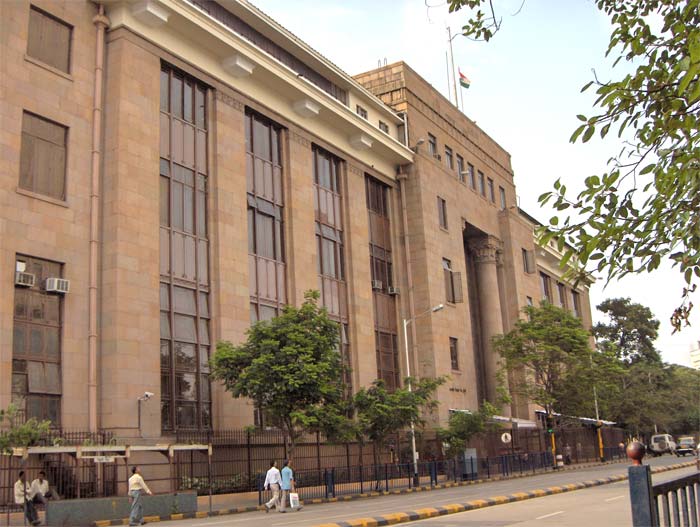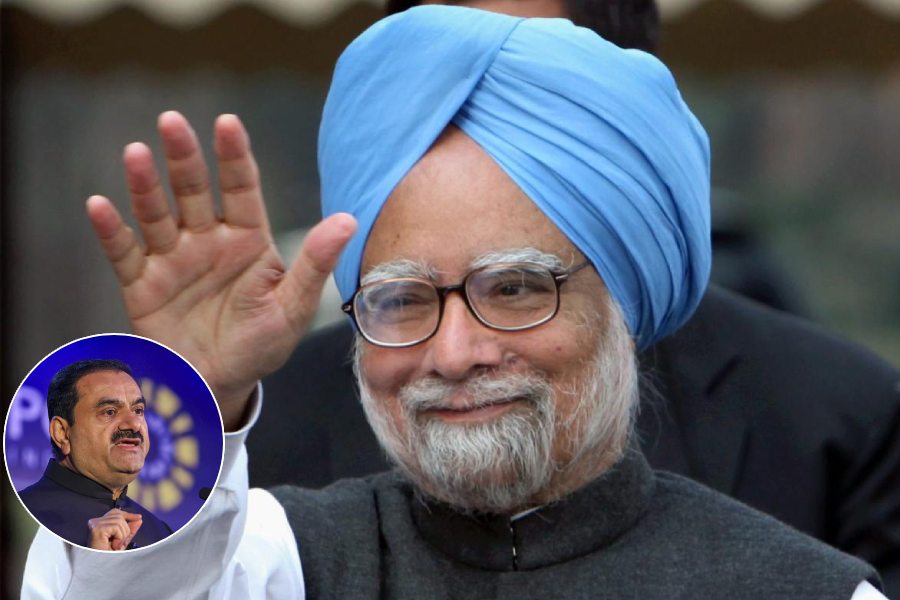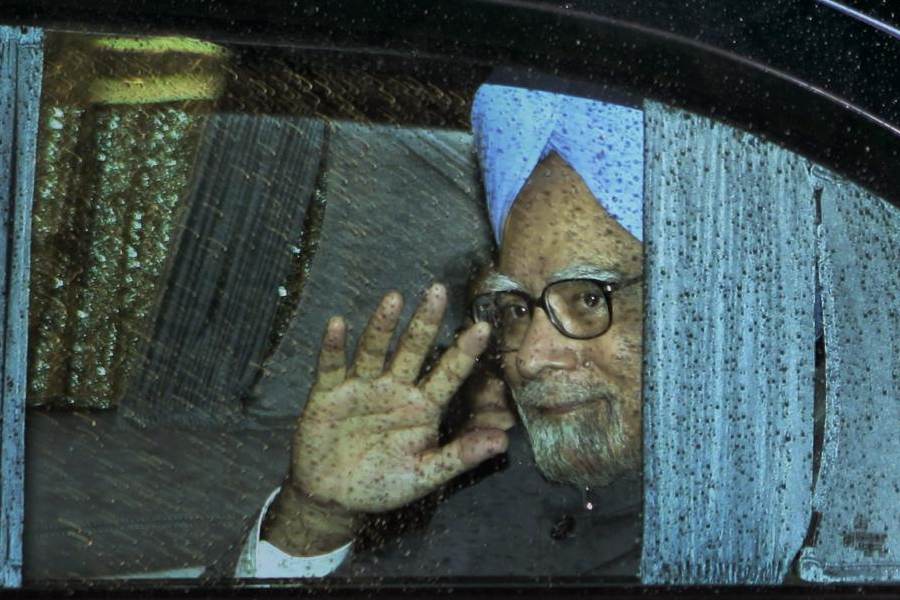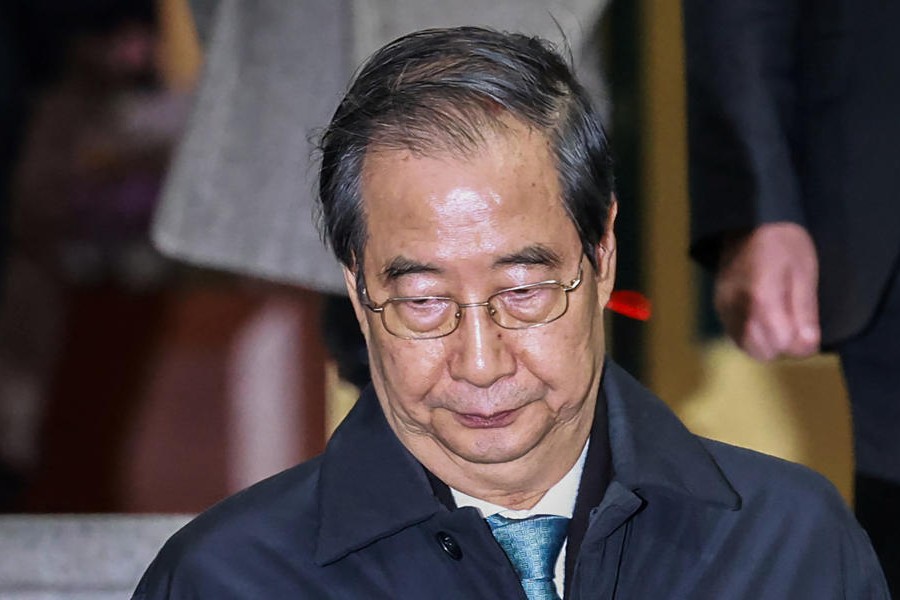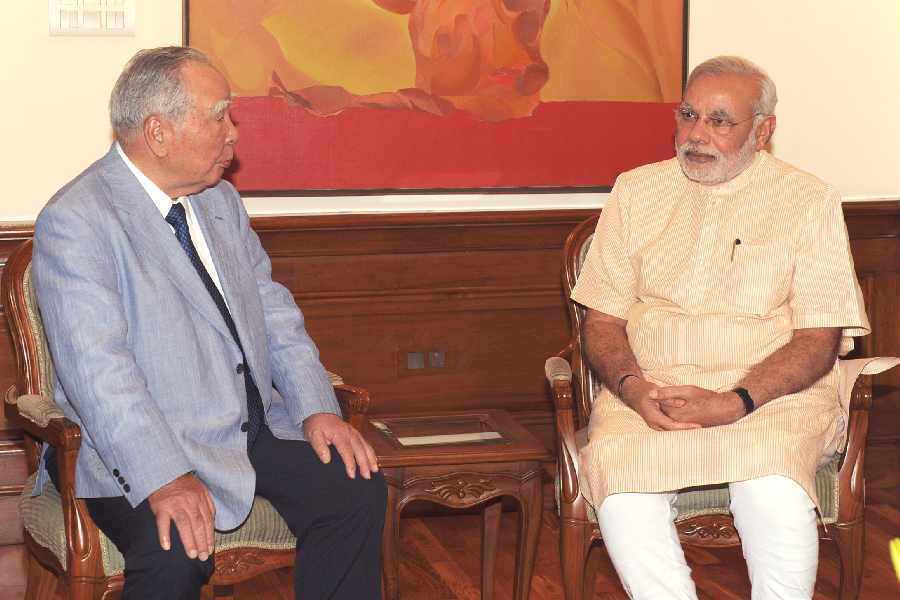As the RBI’s monetary policy committee begins its three-day meet from Monday, the focus will be as much on a rate cut as on measures taken to inject more liquidity into the system.
The tepid GDP numbers have strengthened the case for a policy rate cut, but the Reserve Bank of India (RBI) needs to supplement it with liquidity given the weak monetary policy transmission so far.
The six-member monetary policy committee (MPC) has reduced the policy repo rate by 50 basis points to 6 per cent since February.
However, the average lending rates have come down only 5-10 basis points.
Banks have cited the poor liquidity conditions —deficit in the system during April was over Rs one lakh crore — as one of the reasons behind their inability to pass on the cuts. Liquidity had dried up ahead of the general elections, while the government had put a lid on spending.
Though the situation is expected to improve, the expectation is that the central bank could maintain surplus — it now has a neutral stance — liquidity to bring about better transmission.
“The economy is witnessing a broad-based cyclical slowdown and measures are required both from the monetary and fiscal side to reverse the slowdown. Without clarity on the liquidity stance in the system, we do not see room for a meaningful monetary transmission,” Upasna Bhardwaj, vice-president and economist, Kotak Mahindra Bank said.
“Of course, with government spending expected to begin, we will see liquidity turning surplus in the coming weeks. But an assurance by the RBI of sustaining a surplus liquidity, at least for some time, would provide comfort and bring down interest rates more sharply,” she said.
A cut in the cash reserve ratio (CRR), which is the portion of deposits banks must maintain with the RBI, is also not being ruled out.
CRR now stands at four per cent, and a recent report from the SBI economic wing says even a one per cent reduction will release Rs 1.28 lakh crore and bring down the lending rates by 15 basis points.
The report added that the central bank should focus on transmission for the rate cuts to have any material impact.
In April, the RBI had deferred its plans to use an external benchmark, in place of MCLR (marginal cost-based lending rate), to price retail loans as it decided to hold further consultations with banks to work out an effective mechanism for transmission of rates.
It remains to be seen if it makes any announcement in this regard.
The MPC will meet for three days, beginning June 3 (June 3, 4 and 6). The second bi-monthly monetary policy of the year comes at a time economic slowdown remains a primary concern with GDP growth falling to 5.8 per cent in the fourth quarter of 2018-19.
Car sales, a key indicator of the nation’s economic health, have declined. In May, Maruti Suzuki, the country’s largest car maker, reported a 22 per cent fall in sales.
Given the growth concerns, the Street is divided over the extent of the rate cut with some not ruling out even a 50-basis-point reduction.
It is also being speculated that the MPC could opt for a revision that is not in multiples of 25 basis points, an idea which was flagged by governor Shaktikanta Das in April. He reiterated this at the last MPC meeting in April.
Singapore-based DBS Group expects the rate-setting panel to make a 25-basis-point cut in the repo rate.
According to Radhika Rao, economist at the DBS Group Research, the markets are also keen to watch for any tweaks in the liquidity framework from the current stance of neutral to surplus.
However, Karthik Srinivasan, head of financial sector ratings, Icra, feels the MPC will maintain a status quo as it will adopt a wait-and-watch approach and look for fiscal policy announcements during the Union budget in July.

